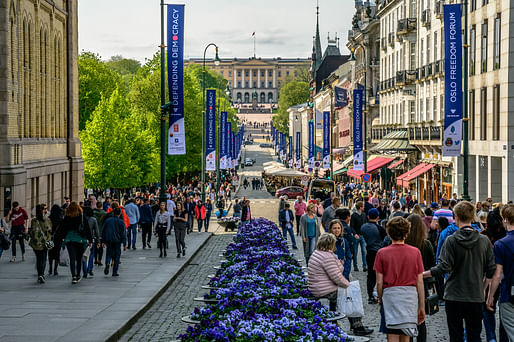

[Oslo] has just phased out the last on-street parking spaces in the city centre, giving an edge to transit, pedestrians and cyclists without banning cars.
The initiative included incentives for cyclists such as new bike lanes, including better lighting and snow removal, along with subsidies for electric bikes and cargo cycles. Council also expanded transit services and lowered fares.
— Corporate Knights
London, Berlin, Paris, Toronto, and an increasing number of cities are aiming to reduce traffic congestion, polluted air, and valuable urban space occupied by parked cars through policy changes that promote walkability, pedestrian- and cyclist-friendly (and in certain cases, car-light or even car-free) city centers, and an overall improved quality of life.
Oslo became a closely monitored model of a hybrid approach: after the proposal of a complete ban of cars in the capital's center was met with fierce opposition from business owners, who feared decreased commerce, the city decided to close off only certain streets to motor traffic but replace the more than 700 downtown parking spots with bike lanes, greenery, and pedestrian-oriented infrastructure.
"Cities, like Oslo, have been built for cars for several decades, and it’s about time we change it," Hanne Marcussen, Oslo’s vice mayor of urban development, told Fast Company. “I think it is important that we all think about what kind of cities we want to live in."
No Comments
Block this user
Are you sure you want to block this user and hide all related comments throughout the site?
Archinect
This is your first comment on Archinect. Your comment will be visible once approved.